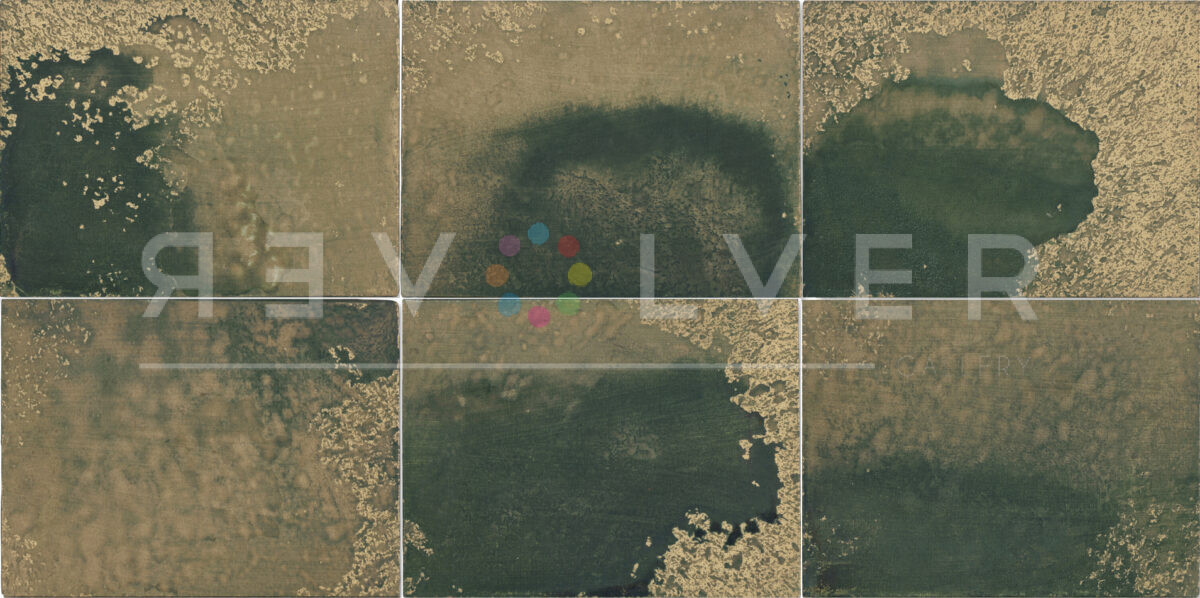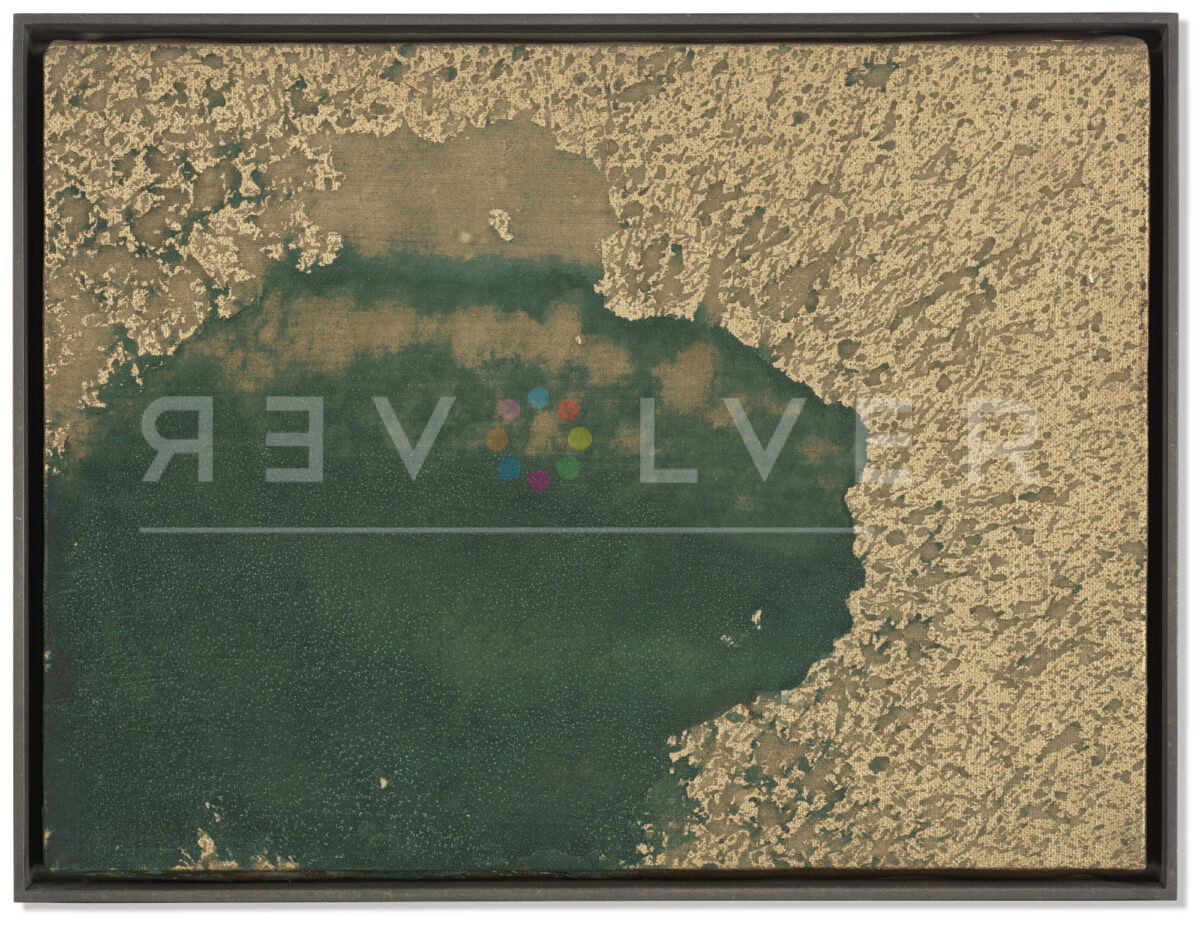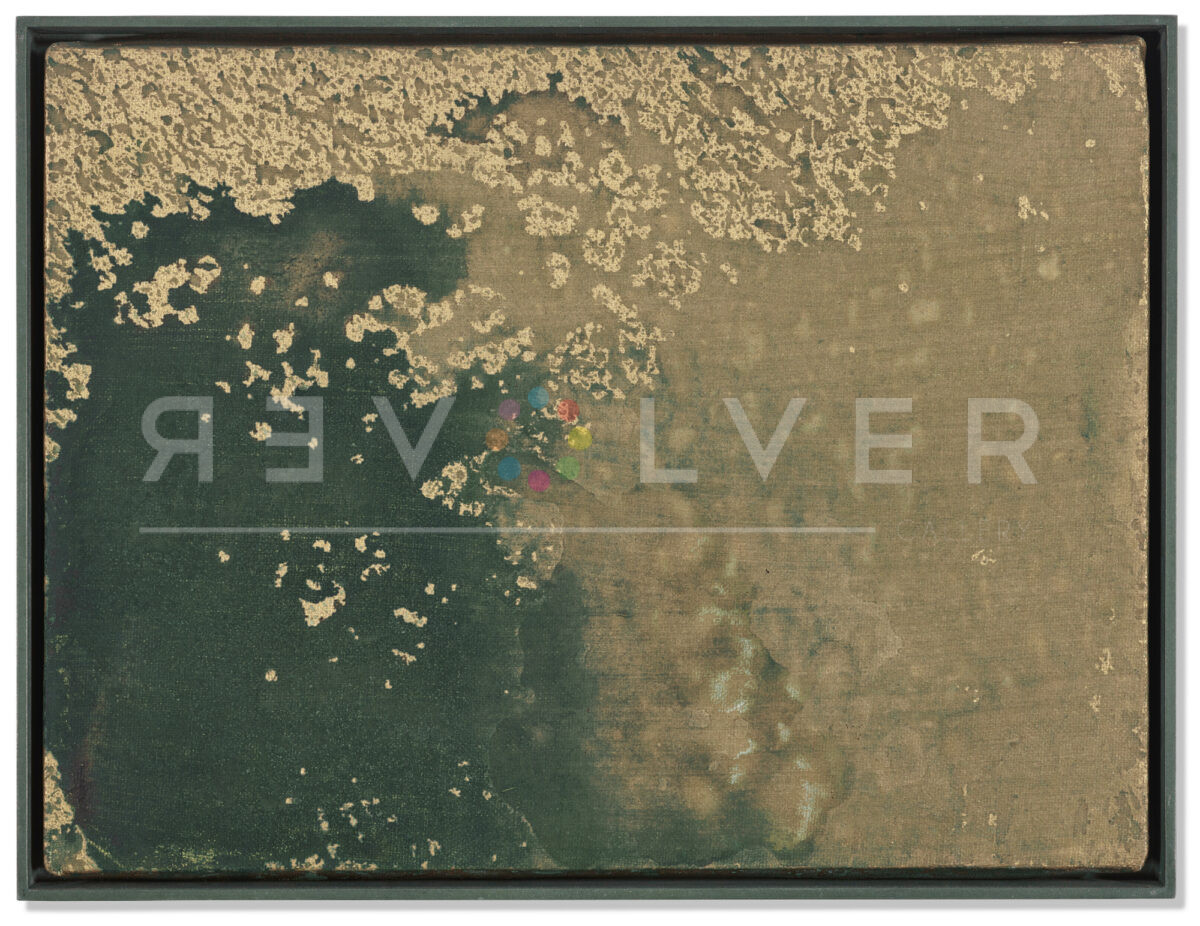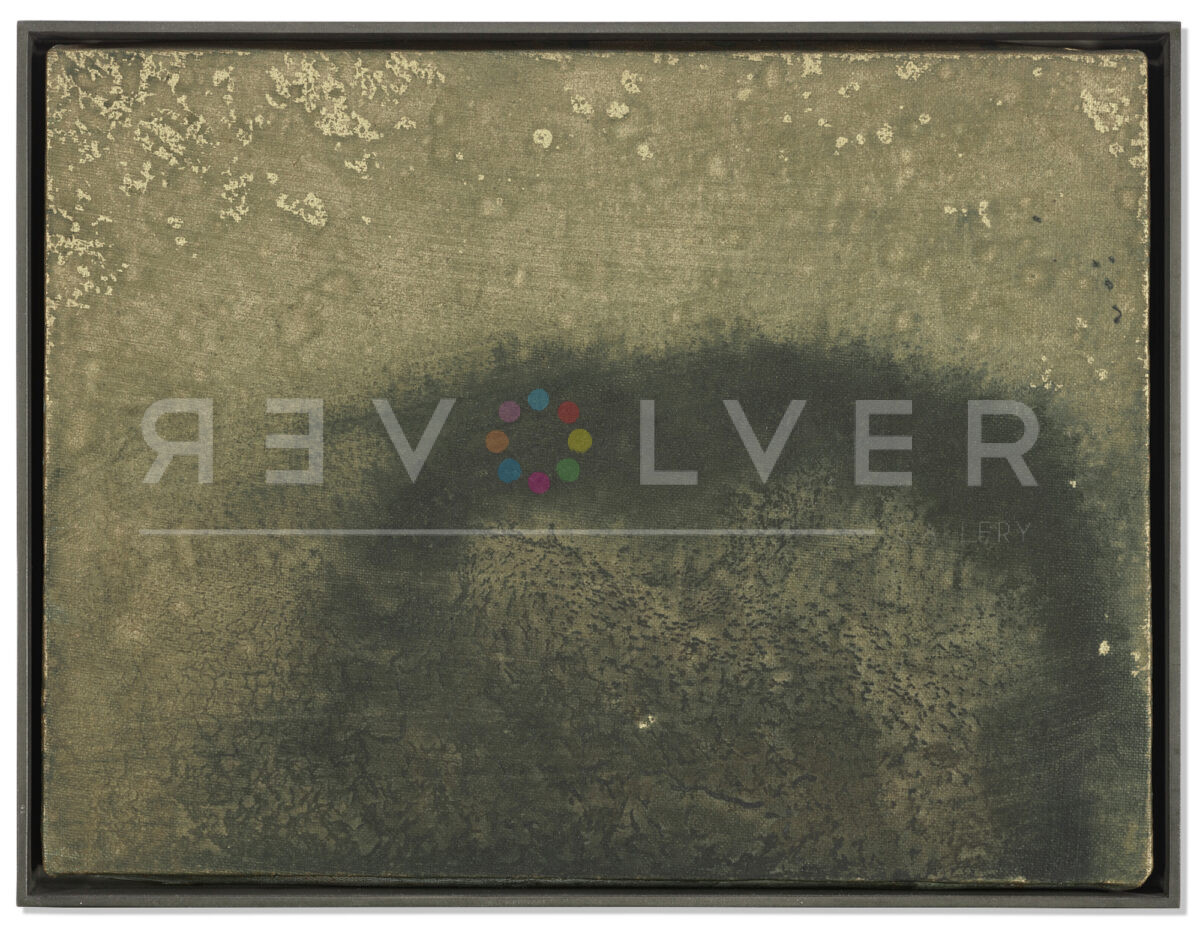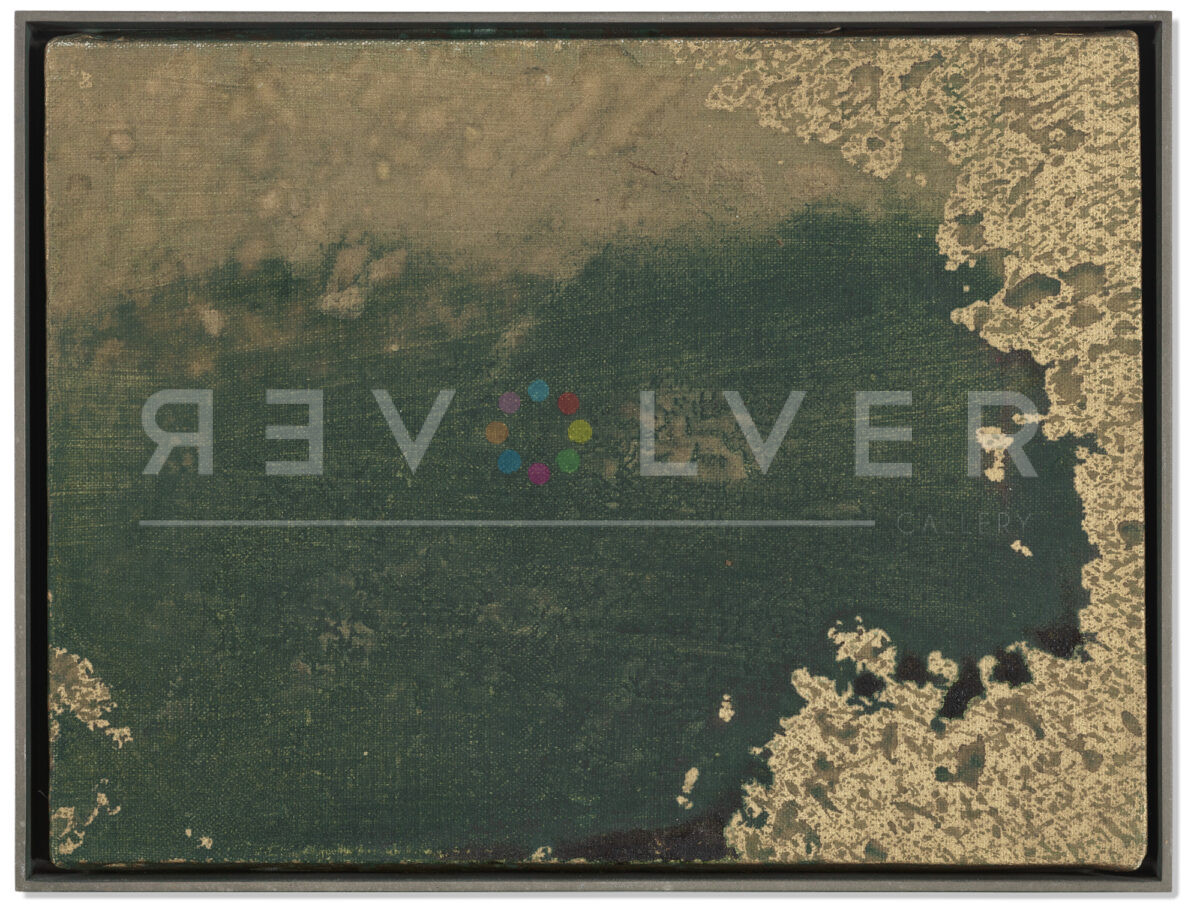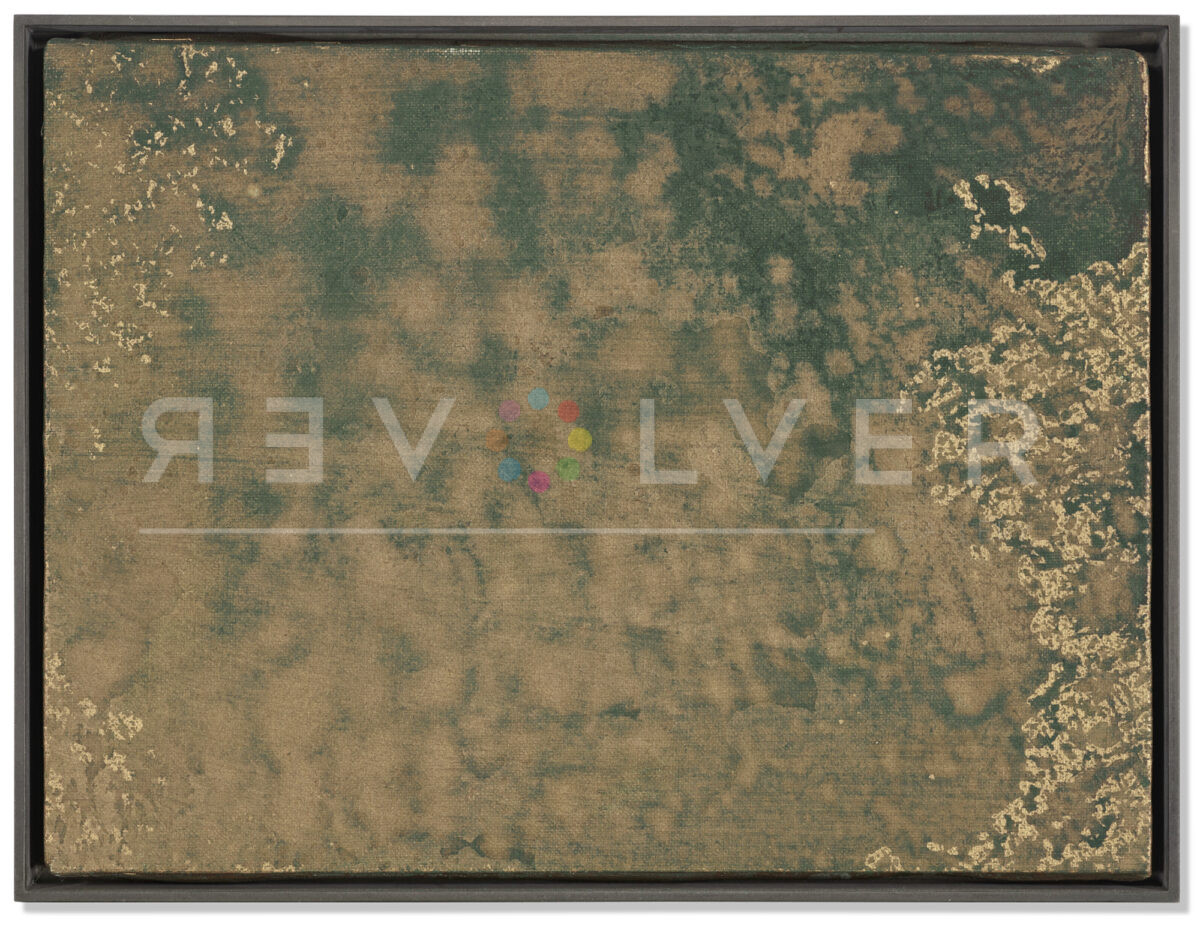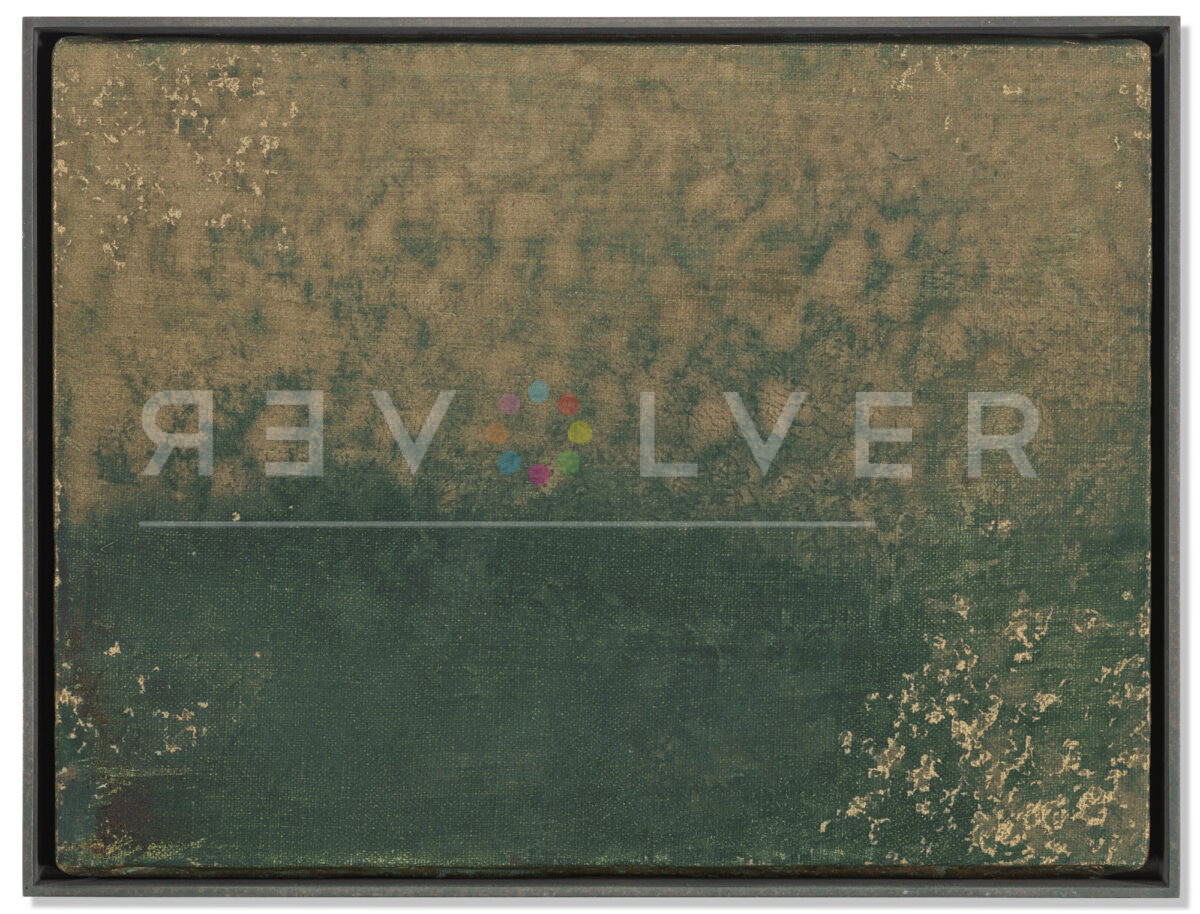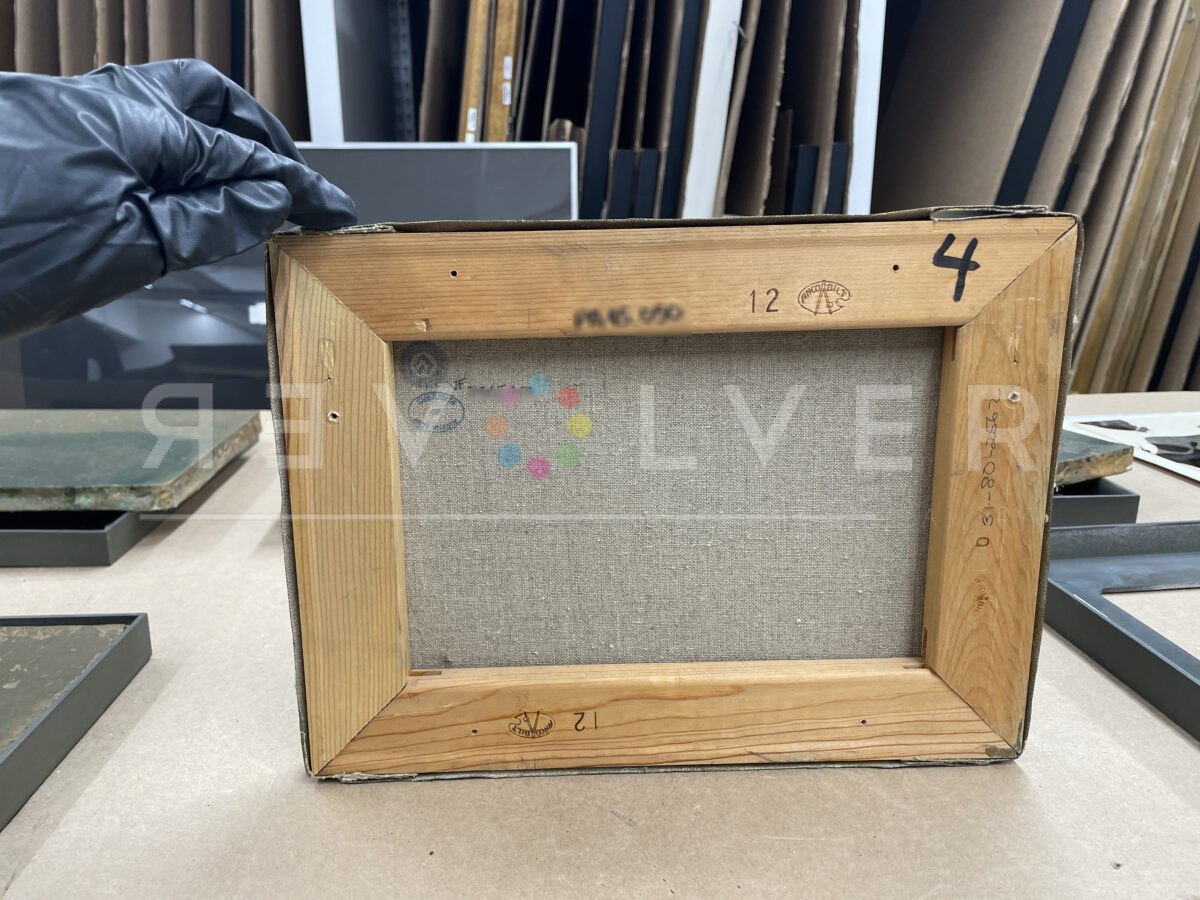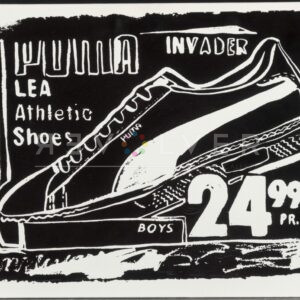Andy Warhol created the Oxidization paintings in 1977 and 1978. These paintings stand as a testament to Warhol’s ingenuity and willingness to challenge artistic norms, especially at a time when he was critiqued for his business-art persona and common portraiture. Using a process involving urination on copper-coated canvases, Warhol transformed the bodily waste of his factory assistants and visitors into art, creating these curious pieces. The works, characterized by their visceral energy and elegant splashes, combine abstract aesthetics with highly transgressive methods. Warhol’s technique, a radical departure from his signature silkscreen method, resulted in abstract compositions that are both provocative and visually captivating.
The Oxidation paintings, often referred to as “Piss paintings,” can be seen as a parody of the abstract artists’ painterly style (which Warhol’s art was famously at odds with). Warhol’s approach, turning the body into a brush, can be seen as an act of alchemy, converting waste into artistic creation. He emphasized the importance of technique in these works, asserting that a thoughtful approach was crucial to achieving the desired aesthetic effect. This series was not only a bold artistic statement but also a reflection of Warhol’s engagement with the contemporary art scene, including influences from underground fetish practices in New York.
In the broader context of Warhol’s career, the Oxidation paintings marked a strategic move to reaffirm his position as a leading avant-garde artist. At a time when Warhol faced criticism for being overly commercial, these paintings, along with other abstract series like the Rorschachs and Shadows, reasserted his claim to innovation. Overall, the Oxidation series both challenged and mimicked the conventions of Abstract Expressionism. In doing so, Warhol not only questioned the boundaries of painting but also engaged in a broader dialogue about the nature of art, and gave us a venue to discuss the role of the artist in society.

